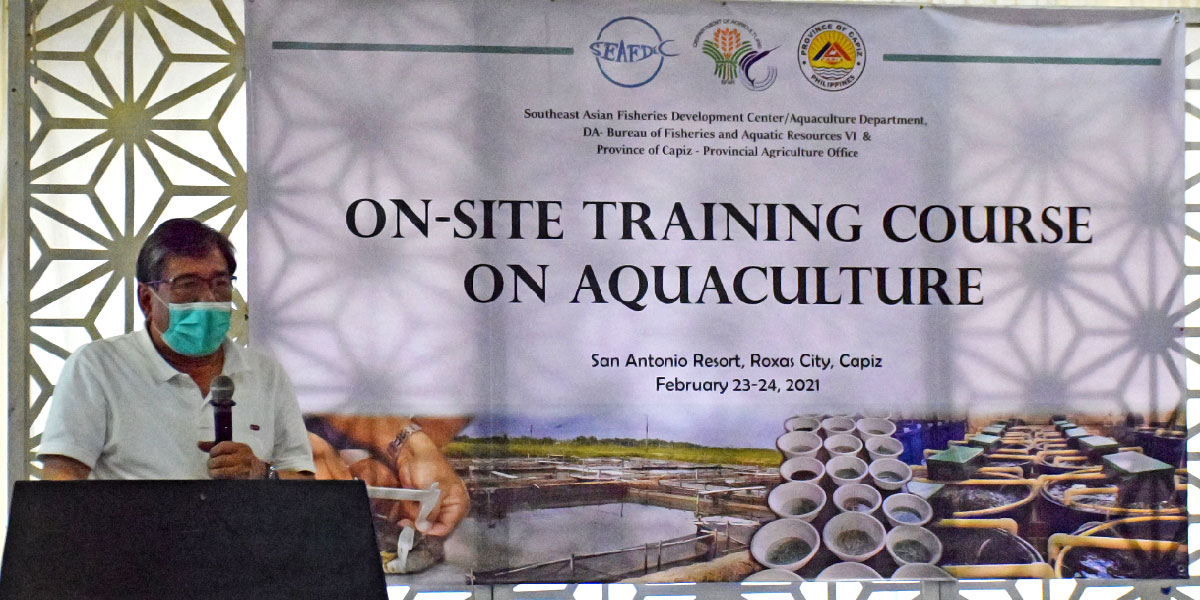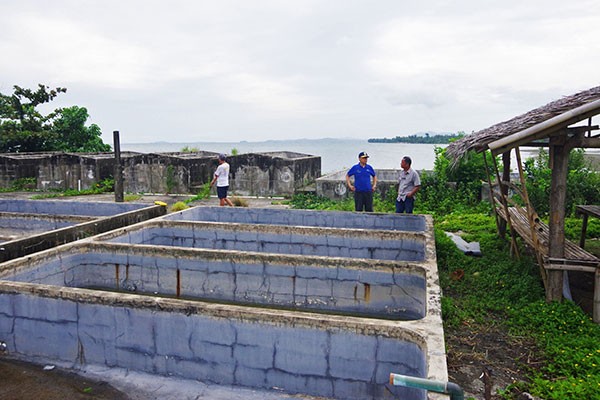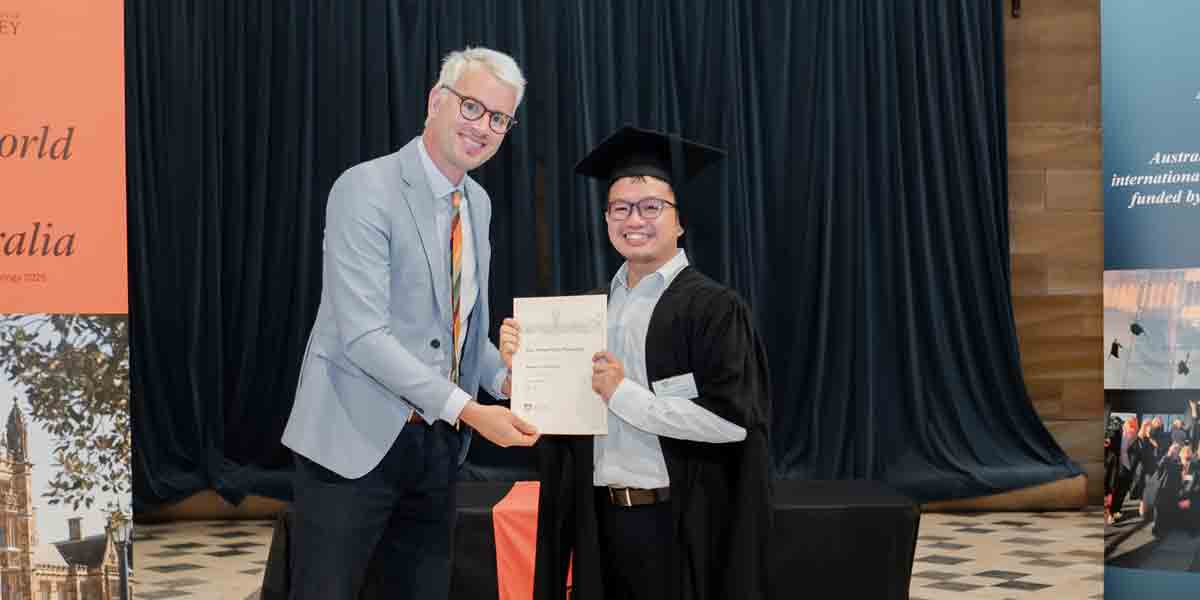
By Rex Delsar B. Dianala
ROXAS City – To boost the local aquaculture industry, the chief of an international aquaculture research center said abandoned and underutilized hatcheries in the province should be rehabilitated to produce much-needed crablets and fish fry.
Dan Baliao, chief of the Southeast Asian Fisheries Development Center’s Aquaculture Department (SEAFDEC/AQD), said this during a dialogue with local fish farmers who aired that there were not enough suppliers of crablets that they seed into their fishponds.
“The problem here in Capiz is that our crablets come from Bicol, Sarangani, and Cagayan Valley. How about us here in Capiz?” asked Ma. Cristina Dyna Honrado, vice-chair of the Capiz Aquaculture Producers Cooperative.
Other fish farmers acknowledged that while the SEAFDEC/AQD hatchery, based in nearby Iloilo, can supply crablets, the volume is still not enough, so they end up buying wild crablets from other regions which results in massive transportation losses.
Capiz produced 2,000 metric tons of cultured mangrove crabs worth a billion pesos in 2019, data from the Philippine Statistics Authority shows, making up 11 percent of the national mangrove crab output from aquaculture in terms of value.
Honrado was among 34 members of various aquaculture cooperatives, members of the local business sector, and BFAR staff attending the On-site Training Course on Aquaculture organized by SEAFDEC/AQD, the Bureau of Fisheries and Aquatic Resources (BFAR) 6, and the Capiz Provincial Agriculture Office and held Feb. 23 to 24, 2021 at the San Antonio Resort.
“SEAFDEC and BFAR could start by profiling abandoned or underperforming hatcheries in Capiz so we can plan out how to help them become operational again,” said Baliao.
He said that since 2019, SEAFDEC/AQD has already been working closely with the Bureau of Fisheries and Aquatic Resources (BFAR) Region 6 to survey hatcheries in Iloilo and Aklan that are non-operational, abandoned, or damaged.
While they so far found nine operational hatcheries, they listed a further 12 that were abandoned or non-operating due to the owner’s physical incapacity, bankruptcy, or lack of finances.
“Most of these abandoned hatcheries used to grow tiger shrimp in the 1990s when the industry boomed but were eventually abandoned,” commented Baliao.
Revived hatchery in Aklan

As an example, Baliao revealed that in February, SEAFDEC/AQD donated 1.1 million milkfish larvae and 30 liters of rotifers, a natural fish food, to a hatchery in Batan, Aklan that they rehabilitated jointly with BFAR 6, which provided the funds.
The hatchery used to produce shrimp fry but is now growing milkfish seeds as part of BFAR’s National Bangus Fry Sufficiency Program that aims to secure a sufficient local supply of fingerlings,
On-site training
SEAFDEC/AQD initiated the On-Site Training Course in Aquaculture, where the dialogue took place, as part of their program to help revive the local aquaculture industry.
The on-site training covered topics on mangrove crab culture, shrimp culture, recirculating aquaculture systems, fish health management, and milkfish deboning, which were delivered by resource persons from SEAFDEC/AQD and BFAR.
The training is part of SEAFDEC/AQD’s Joint Mission for Accelerated Nationwide Technology Transfer Program (JMANTTP), being done in collaboration with BFAR to conduct techno-caravans, field demonstrations, and hands-on training courses in different areas in the Philippines.























